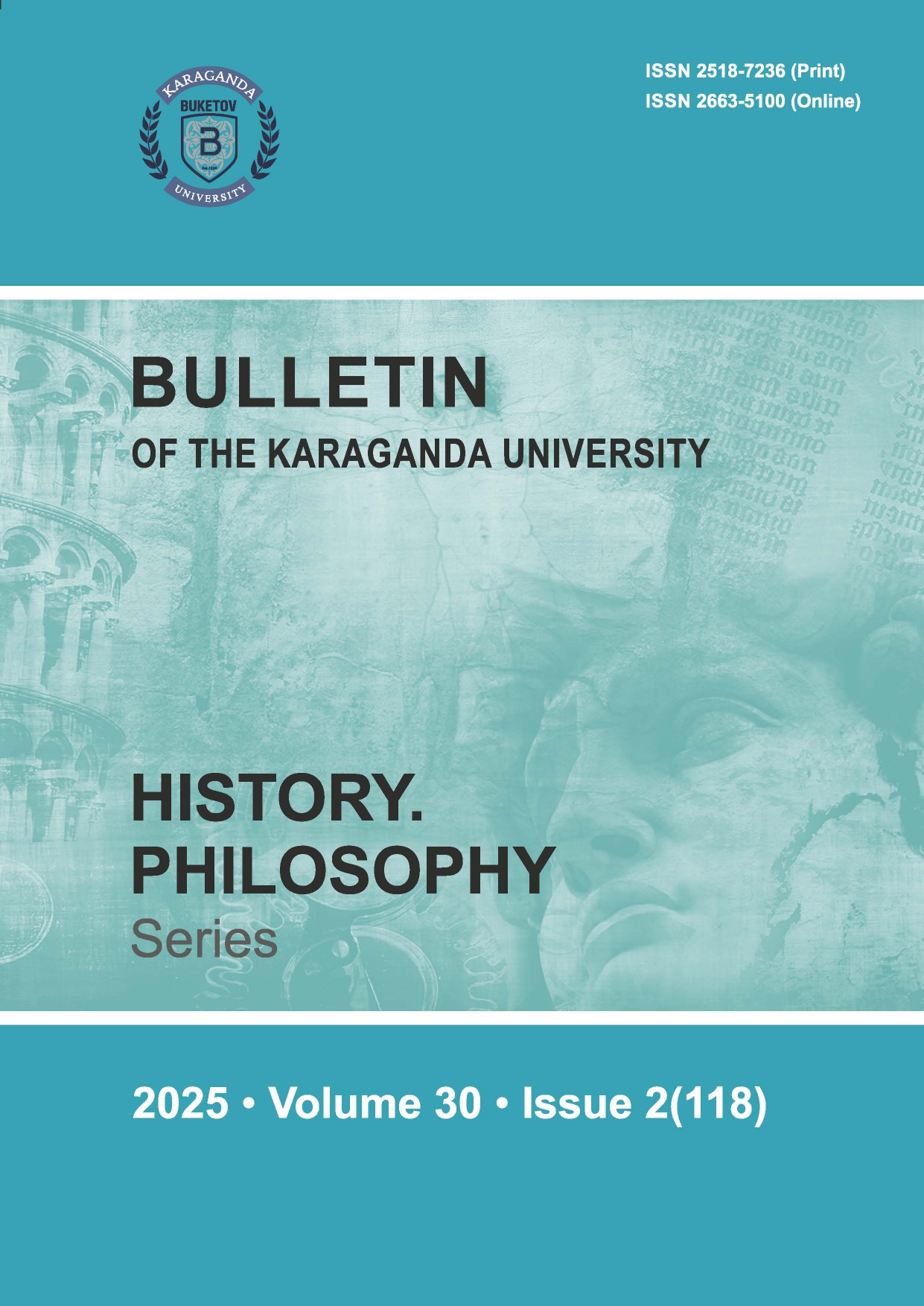Deportations of Poles to the USSR in 1940-1941 in Polish History Textbooks for Secondary Schools: Selected Examples
DOI:
https://doi.org/10.31489/2025hph2/118-127Keywords:
Stalinist crimes, deportations, Eastern borderlands, Siberia, Kazakhstan, education, school textbook, secondary schoolAbstract
This article presents the presentation of the deportation of Poles to the Soviet Union, including Kazakhstan, carried out in the years 1940 to 1941 in Polish history textbooks for secondary schools. The chronological framework of the study covers the years from the end of communist rule to the present. The issue of interest will be shown through selected examples. In the first part of the text, the author presented one of the most tragic events in the history of Poland in the 20th century, i.e. deportations of civilians from the eastern
territories of the Second Polish Republic occupied by the USSR. They were part of the mechanism of extermination of the Second Polish Republic’s society by the Stalinist authorities. The author’s intention was to present the mechanism of falsification of history during the communist period and the process of restoration of memory after the change of political system. Some Polish history textbooks from the communist period mentioned deportations, but lacked information about the death toll, violence and destruction of the Polish nation. It was only stated that the number of Polish victims was 60 %, and that the local population in Kazakhstan, among other places, was friendly towards the displaced. Not even the Soviet occupation was written about. Among other things, the period of communist rule was characterised by strict censorship. The core curriculum was subordinated to the political line of the communist party. It was only after the change of the political system that it was possible to speak and write openly about Soviet crimes against Polish citizens. This information was included in the core curriculum for secondary school and appeared in all textbooks. The authors of the textbooks conveyed the knowledge about the Stalinist crimes
against Polish citizens in various ways in more or less detail, usually to a limited extent. The focus was on the extermination of Polish officers by the Soviet NKVD — the Katyn Massacre.




